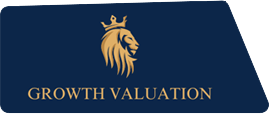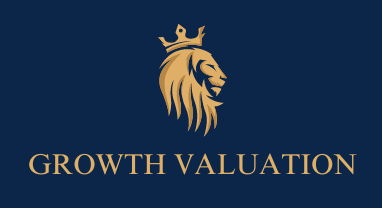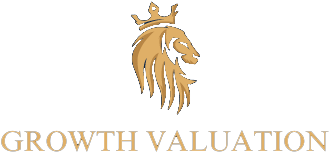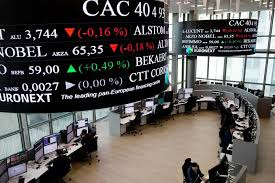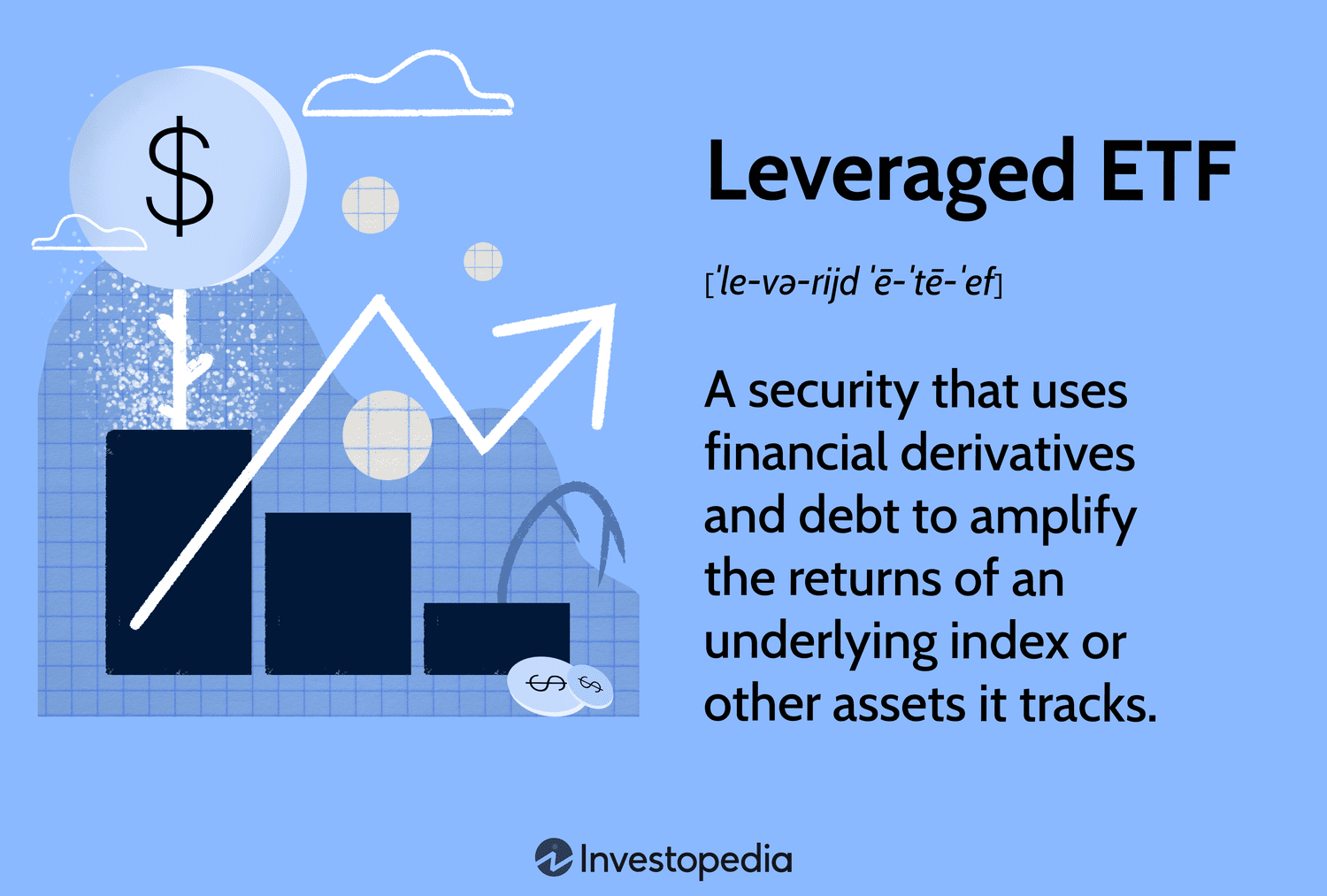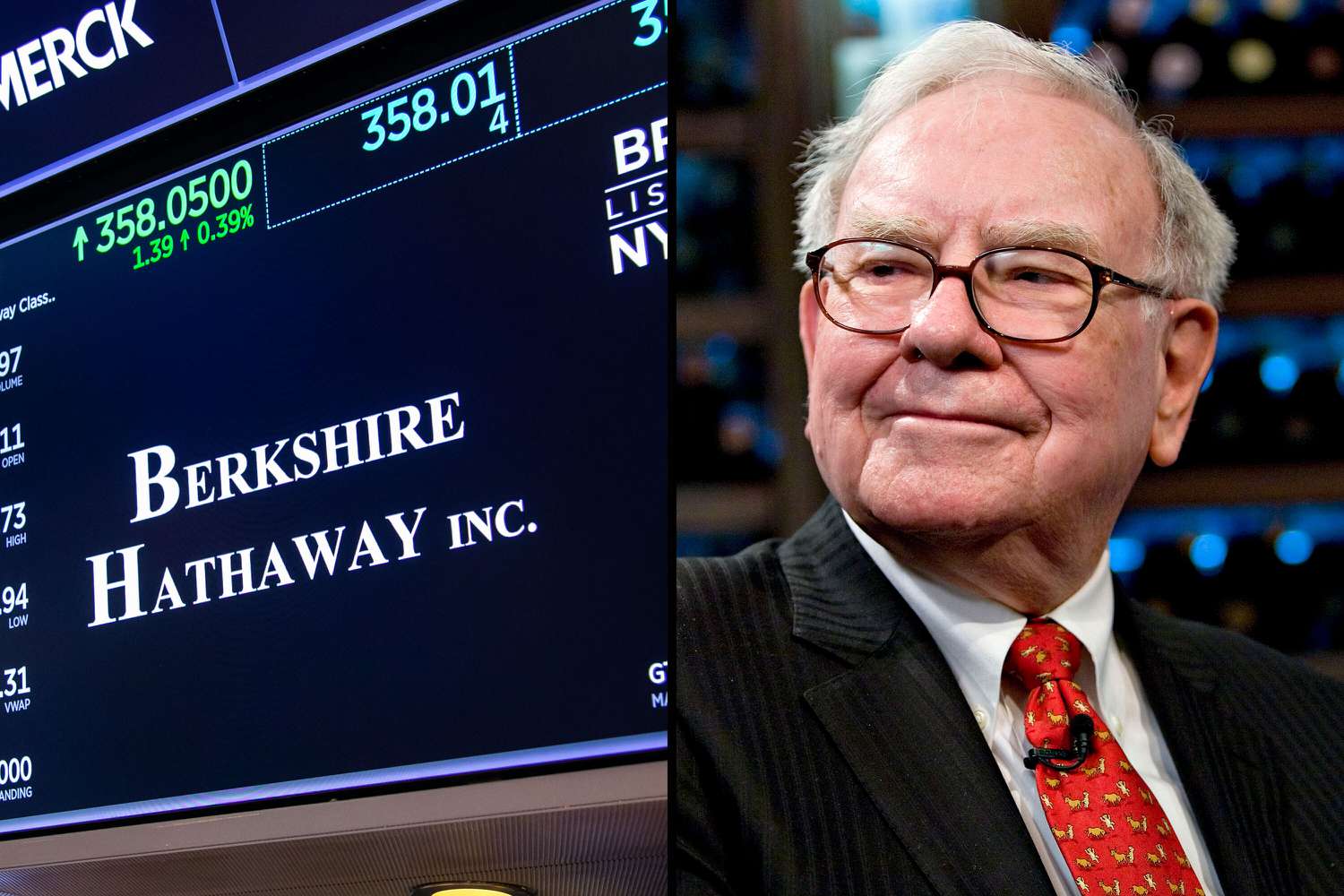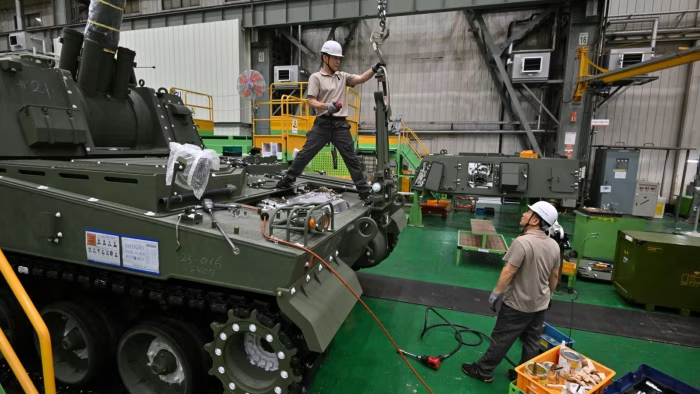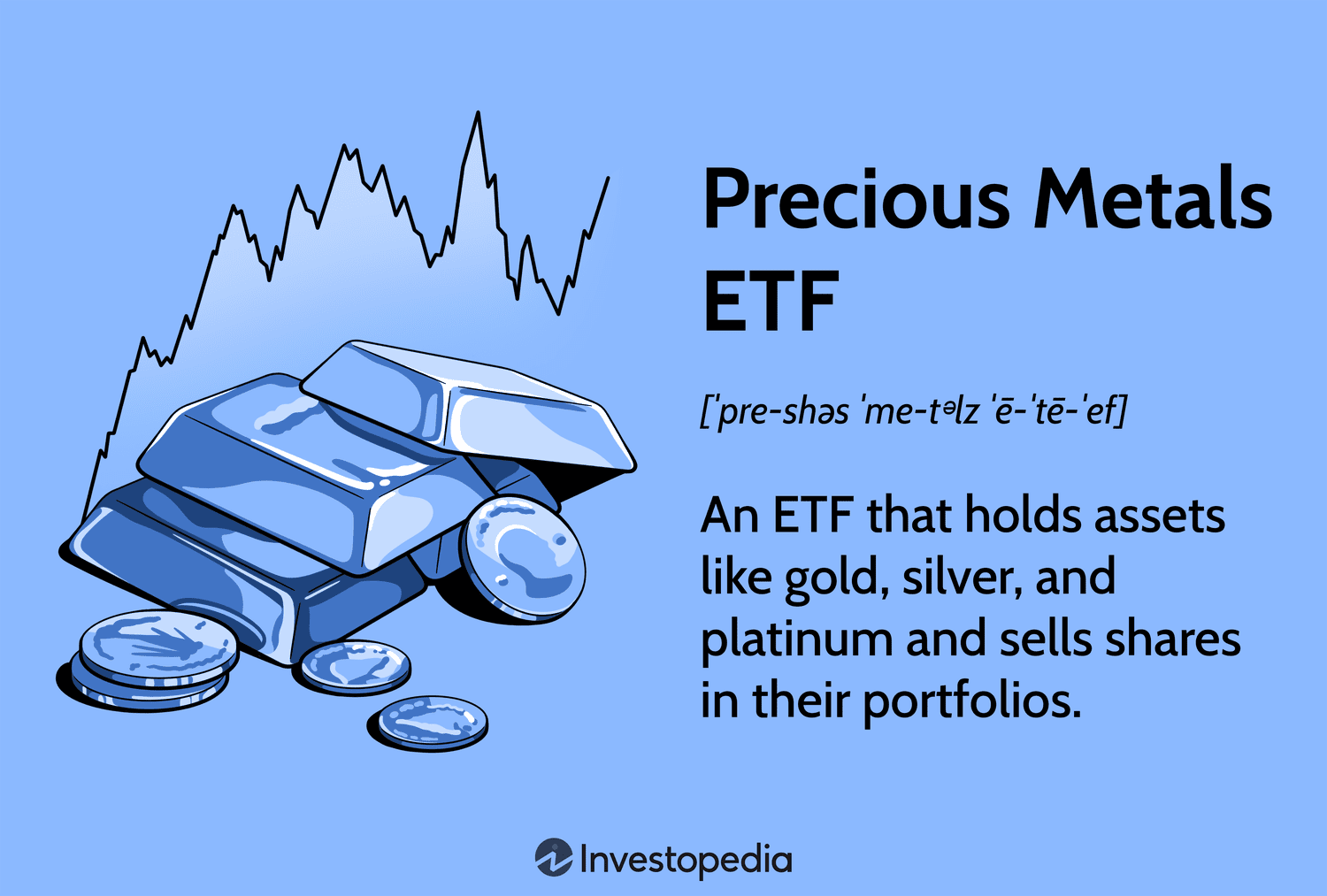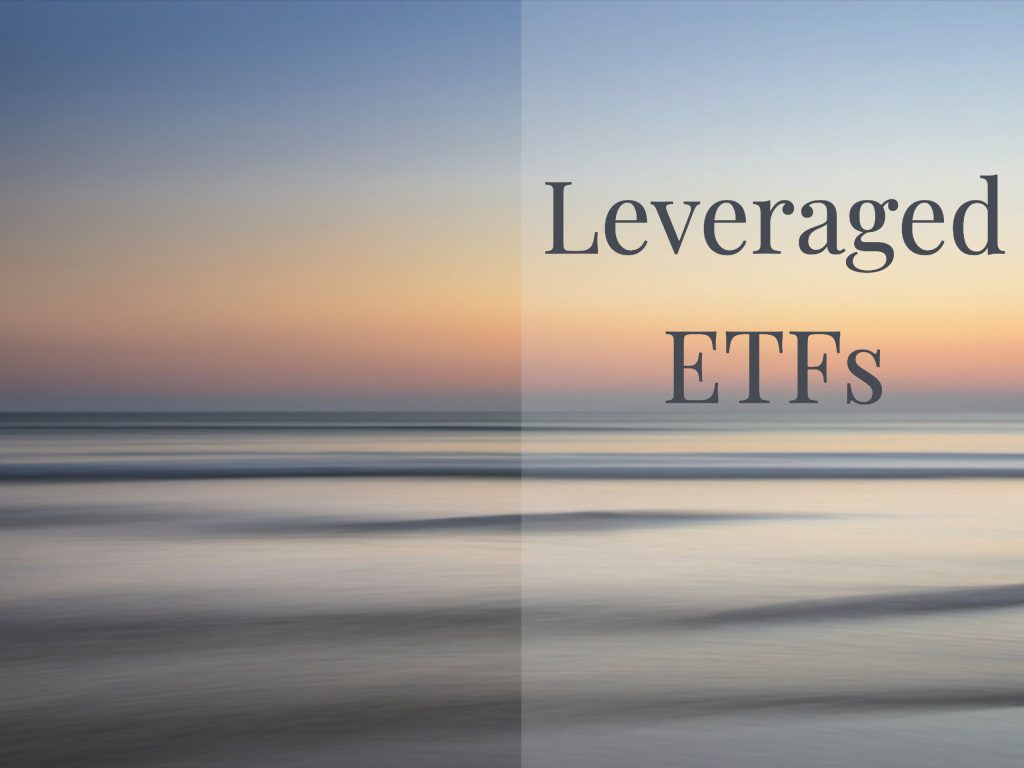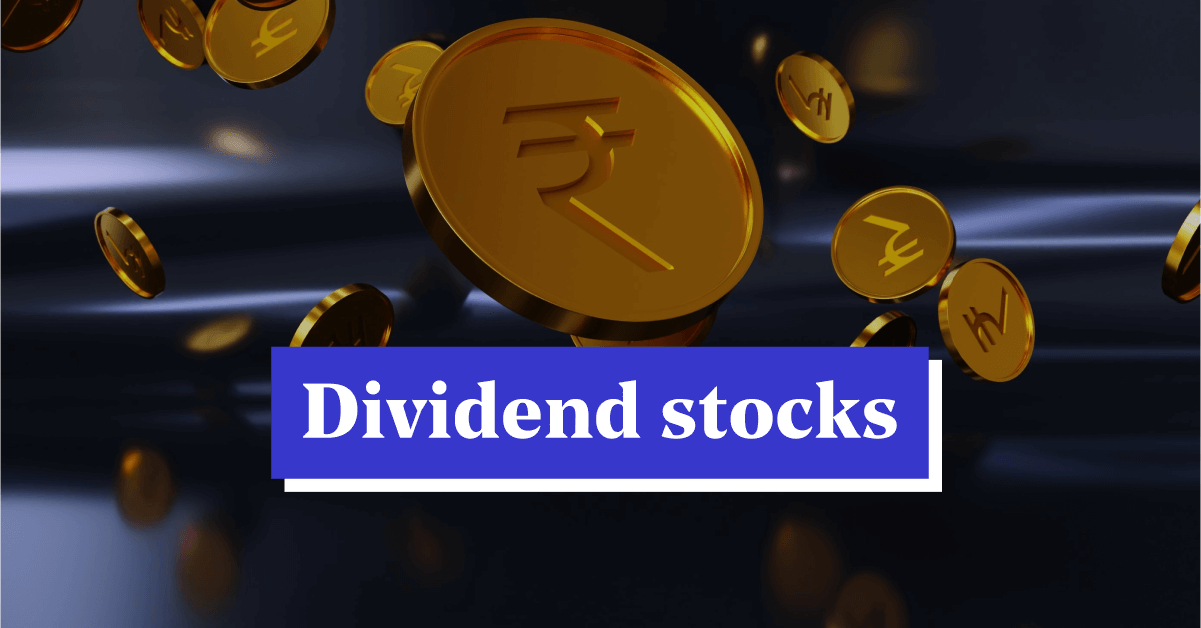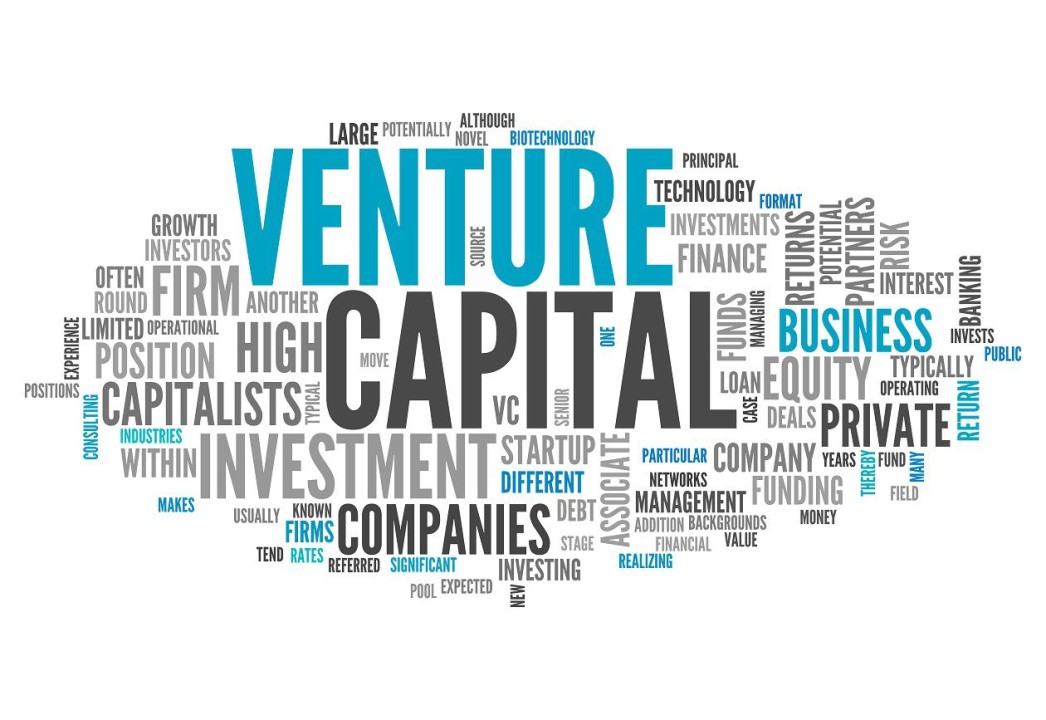

Introduction to Multimanager Hedge Funds
Multimanager hedge funds, often referred to as “pod shops,” have solidified their position as a dominant force in the hedge fund industry over the past decade. These funds operate by employing multiple portfolio managers, each running their own “pod” or team with a specific investment strategy, often spanning equities, fixed income, commodities, and derivatives. This structure allows for risk diversification and the ability to capitalize on a wide range of market opportunities. By June 2024, multimanager hedge funds had amassed nearly $400 billion in assets under management (AUM), a significant milestone that underscores their growing appeal to institutional investors, pension funds, and high-net-worth individuals.
The Growth Trajectory (2017–2021)
From 2017 to 2021, multimanager hedge funds experienced a remarkable growth trajectory, as depicted in the chart. Starting at just over $100 billion in AUM in 2017, these funds saw consistent year-over-year increases, reaching approximately $250 billion by the end of June 2021. This represents a compound annual growth rate (CAGR) of about 25%, a testament to the model’s appeal during this period.
Several factors contributed to this rapid expansion. First, the multimanager model offered a compelling value proposition: by diversifying across multiple strategies and teams, these funds could mitigate the risk associated with any single manager’s underperformance. This was particularly attractive in a market environment characterized by low interest rates and heightened volatility, where traditional investment strategies often struggled to deliver consistent returns. Second, institutional investors, such as pension funds and endowments, increasingly allocated capital to hedge funds as part of their alternative investment portfolios, seeking higher returns and lower correlation to traditional asset classes. Finally, the success of early adopters like Citadel and Millennium Management, which became poster children for the multimanager model, inspired a wave of new entrants and capital inflows. The period was marked by optimism and a belief in the scalability of this innovative approach to hedge fund management.

Peak Performance and Market Dynamics (2021–2022)
The chart shows that multimanager hedge fund AUM continued to climb from 2021 to 2022, peaking at around $350 billion by the end of June 2022. This period marked the height of the growth phase, driven by a combination of strong performance and favorable market conditions. In 2021, global markets were buoyed by post-pandemic economic recovery, stimulus measures, and a surge in equity valuations, particularly in technology stocks. Multimanager funds, with their ability to deploy capital across diverse strategies, were well-positioned to capitalize on these trends.
Moreover, the multimanager model’s emphasis on risk management proved advantageous during periods of market turbulence. Many of these funds employ a “pass-through” fee structure, where portfolio managers are compensated based on their individual performance, net of fees. This incentivizes consistent returns and aligns the interests of managers with those of investors. As a result, multimanager funds often outperformed single-manager hedge funds and other alternative investment vehicles during this period, further fueling investor confidence and capital inflows.
However, 2022 also brought challenges. The Federal Reserve began raising interest rates to combat inflation, leading to a sharp correction in equity markets and increased volatility across asset classes. While multimanager funds were generally better equipped to navigate these conditions, the broader market environment began to signal potential headwinds for the industry, setting the stage for the plateau that followed.
The Plateau (2022–2024)
After reaching $350 billion in 2022, the chart indicates that multimanager hedge fund AUM plateaued, remaining relatively flat at around $350 billion through 2024. This stabilization marks a significant shift from the rapid growth of the previous five years and raises questions about the sustainability of the multimanager model.
One key factor contributing to this plateau is market saturation. As the multimanager model gained popularity, the number of funds employing this strategy proliferated, leading to increased competition for talent and investment opportunities. Top portfolio managers, who are critical to the success of these funds, became a scarce resource, driving up compensation costs. For example, firms like Citadel and Point72 reportedly offered multimillion-dollar guarantees to attract and retain talent, which squeezed profit margins and made it harder for smaller or newer funds to compete.
Additionally, the macroeconomic environment became less favorable. Rising interest rates, geopolitical tensions, and a slowdown in global economic growth created a more challenging backdrop for generating alpha (excess returns above the market). While multimanager funds are designed to perform well in diverse conditions, the combination of higher borrowing costs and reduced market liquidity likely dampened returns, leading some investors to pause or reduce their allocations. This period of stagnation has forced the industry to confront its structural limitations and seek new ways to adapt.

Challenges Facing the Multimanager Model
The plateau in AUM growth highlights several structural challenges facing multimanager hedge funds. First, the high cost of operation is a significant hurdle. Running a multimanager fund requires substantial infrastructure, including advanced risk management systems, compliance teams, and operational support. Additionally, the pass-through fee structure, while effective in aligning incentives, can lead to higher overall fees for investors, especially when performance is lackluster. In a 2023 report, Goldman Sachs noted that the average multimanager fund charged a 2% management fee and a 20% performance fee, often on top of additional pass-through costs, making them among the most expensive hedge fund strategies.
Second, the talent war has intensified. Portfolio managers with proven track records are in high demand, and the cost of hiring and retaining them has skyrocketed. This has led to a phenomenon known as “pod proliferation,” where funds launch new pods to accommodate star managers, sometimes at the expense of overall coherence in their investment strategy. Over-expansion can dilute returns and increase operational complexity, as seen in some funds that struggled to scale effectively during this period.
The Role of Technology and Innovation
Despite these challenges, multimanager hedge funds are not standing still. Many are leveraging technology and innovation to maintain their competitive edge. Advanced data analytics, machine learning, and artificial intelligence are being used to enhance investment decision-making and risk management.
Technology also plays a role in talent management. Some funds are using predictive analytics to identify and recruit promising portfolio managers before they become industry stars, reducing the cost of talent acquisition. Others are investing in proprietary trading platforms that allow pods to execute strategies more efficiently, minimizing slippage and transaction costs. These technological advancements are helping multimanager funds stay competitive in a crowded market.
Moreover, the rise of hybrid models—combining elements of multimanager and quantitative strategies—has gained traction. These hybrid funds aim to blend the benefits of human-driven decision-making with the scalability and precision of algorithmic trading, potentially offering a path to sustainable growth in a competitive landscape. As technology continues to evolve, it will likely play an even greater role in shaping the future of the multimanager model.
The Future of Multimanager Hedge Funds
Looking ahead, the future of multimanager hedge funds will likely be shaped by their ability to adapt to a changing environment. The plateau in AUM growth from 2022 to 2024 suggests that the industry may be reaching a point of maturity, where further expansion will require innovation and differentiation. Funds that can deliver consistent, risk-adjusted returns while managing costs will be best positioned to attract and retain capital.
Regulatory developments will also play a role. In recent years, regulators in the U.S. and Europe have increased scrutiny of hedge funds, particularly around transparency, leverage, and systemic risk. Multimanager funds, with their complex structures and high levels of leverage, may face additional compliance burdens, which could impact profitability. Staying ahead of regulatory changes will be crucial for these funds to maintain their growth trajectory.
On the investor side, demand for alternative investments is unlikely to disappear. Pension funds, endowments, and sovereign wealth funds continue to seek diversification and uncorrelated returns, particularly in a world of heightened geopolitical and economic uncertainty. However, these investors are becoming more selective, favoring funds with strong track records, robust risk management, and competitive fee structures. Multimanager funds will need to balance innovation with cost efficiency to meet these evolving demands.
Our Opinion
The journey of multimanager hedge funds from $100 billion in AUM in 2017 to nearly $400 billion in 2024, as shown in the chart, is a story of innovation, adaptation, and resilience. The rapid growth through 2021 reflects the model’s ability to deliver value in a low-interest-rate, high-volatility environment, while the plateau from 2022 to 2024 highlights the challenges of scaling in a more competitive and complex market.
Key takeaways from this analysis include the importance of cost management, the need for continued investment in technology, and the evolving expectations of investors. The photo of the trading floor on Page 5 serves as a reminder of the human talent driving these funds, even as technology plays an increasingly important role. While the multimanager model has proven its staying power, its future success will depend on its ability to navigate a landscape of rising costs, regulatory pressures, and shifting market dynamics.
As the hedge fund industry continues to evolve, multimanager funds will remain a critical player, offering a unique blend of diversification, talent, and innovation. Whether they can break through the current plateau and resume their growth trajectory remains to be seen, but their impact on the financial world is undeniable.
